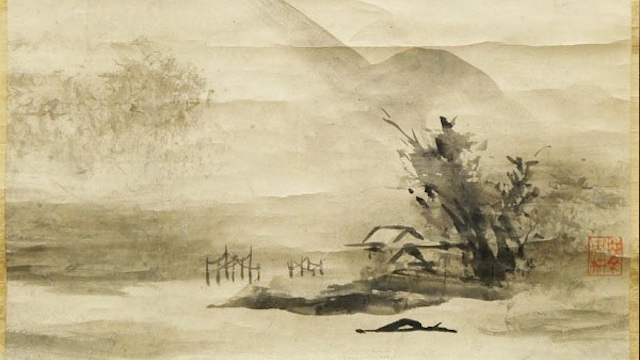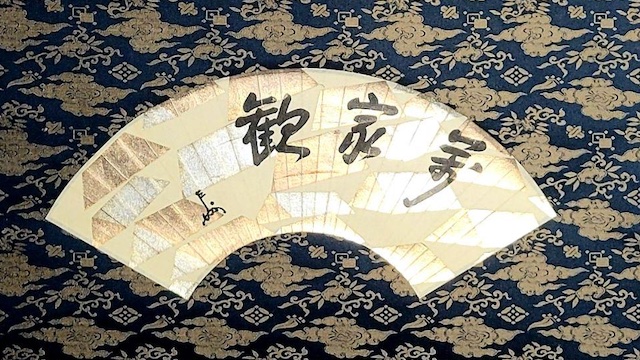
Karae refers to paintings introduced from China or Chinese-style paintings made by Japanese people.
Originally, it was a name for imported Chinese paintings, but when ``Yamato-e'' (Japanese paintings) depicting Japanese landscapes appeared in the middle of the Heian period, Chinese-style paintings, including traditional Buddhist paintings, came to be called Chinese-style paintings. Paintings drawn by the method came to be called 'Kara-e'.
In the Muromachi period, Sung and Yuan paintings, mainly Chinese ink paintings, were called 'Kara-e'.
In the Edo period, Eino Kano published Honchogashi in 1693, saying, ``Kano Tosa is a Japanese painter; The Kano school advocated the name ``Kanga,'' and Chinese-style paintings made by Japanese people were generally called ``Kanga.''
However, in 1811 (Bunka 8), Tani Buncho wrote in "Shazanro Silent Poetry Story" that ``Kanga-Wa-ga (Japanese-style paintings with Chinese paintings) is a term that modern people mistakenly refer to as Japanese-style paintings from the two schools of Tosa Kano, and the others are called Chinese-style ukiyo-e. , It's not surprising, it's been a long time since the name of Japanese painting, Mr. Hirohito's surname, Mr. Hirohito, at the time of Emperor Yuryaku, graduated from Shibushu, Otaru Ichiname Tatsuki, Zen painter, 5th grandson, Jindai Itsuko, During the reign of Emperor Tenchi, a Japanese painter was given the surname." ``Kara-e also refers to paintings of foreign countries, and paintings of Japan are called Yamato-e.'' Kara-e depicts foreign countries. I recite it as something.

Schoolmaster's lexical
家元